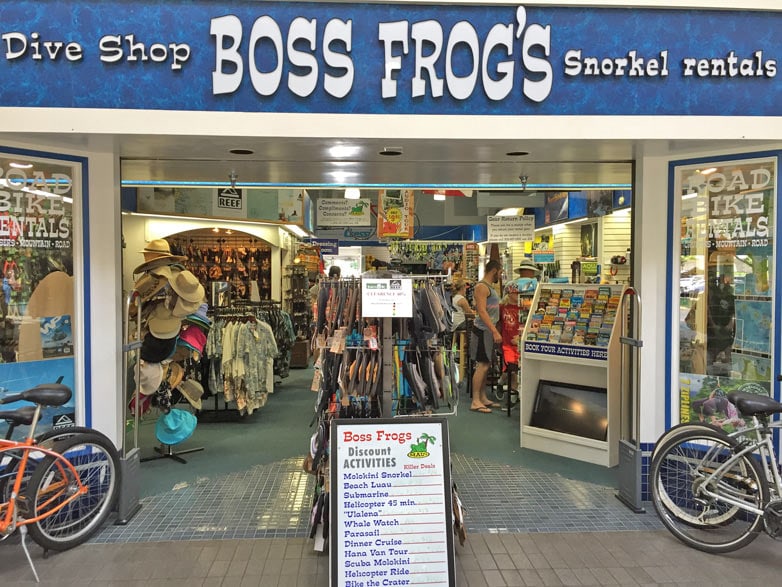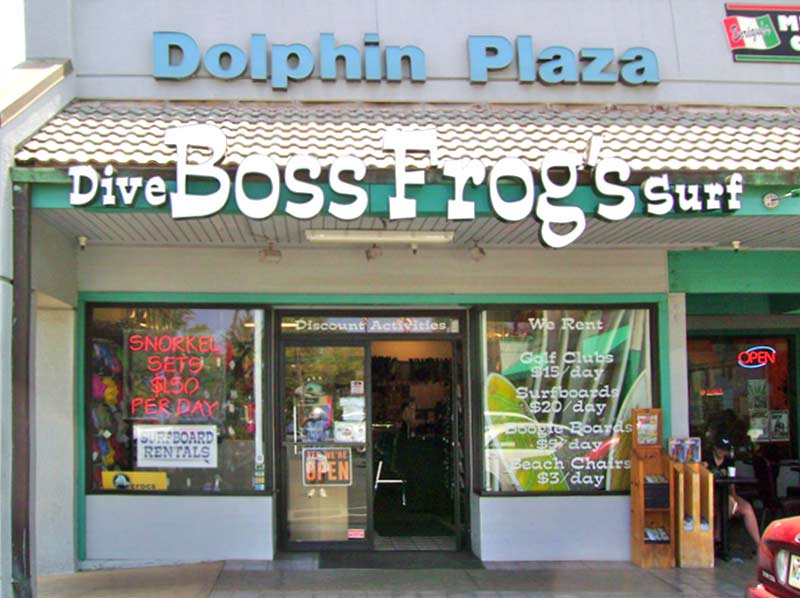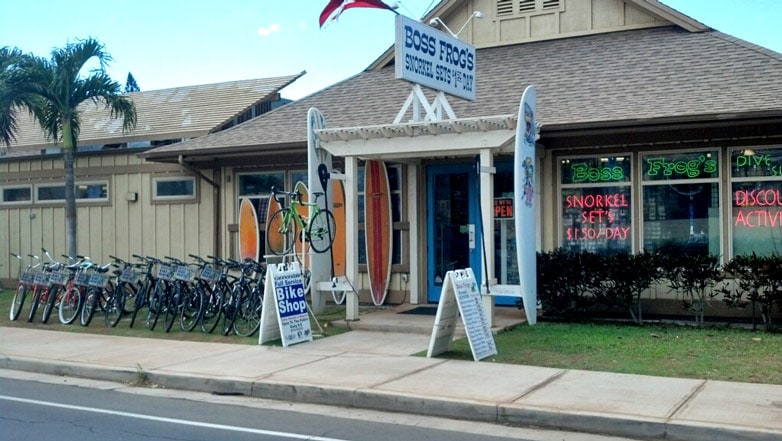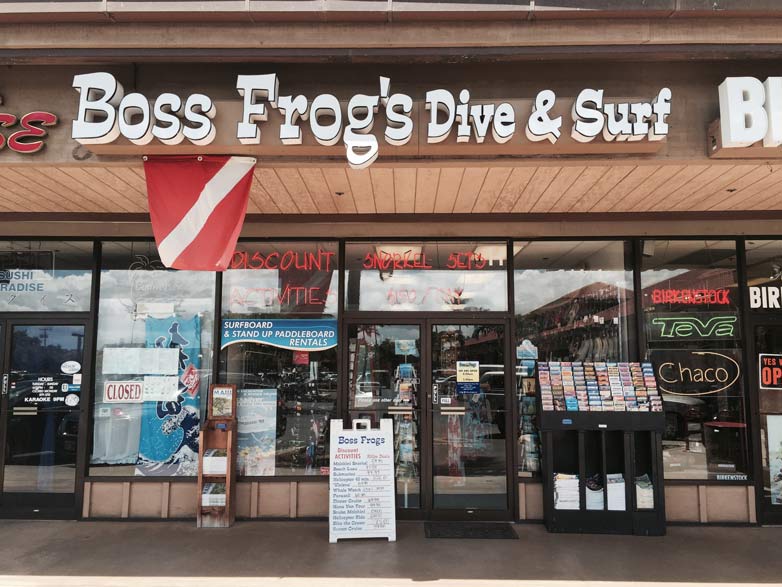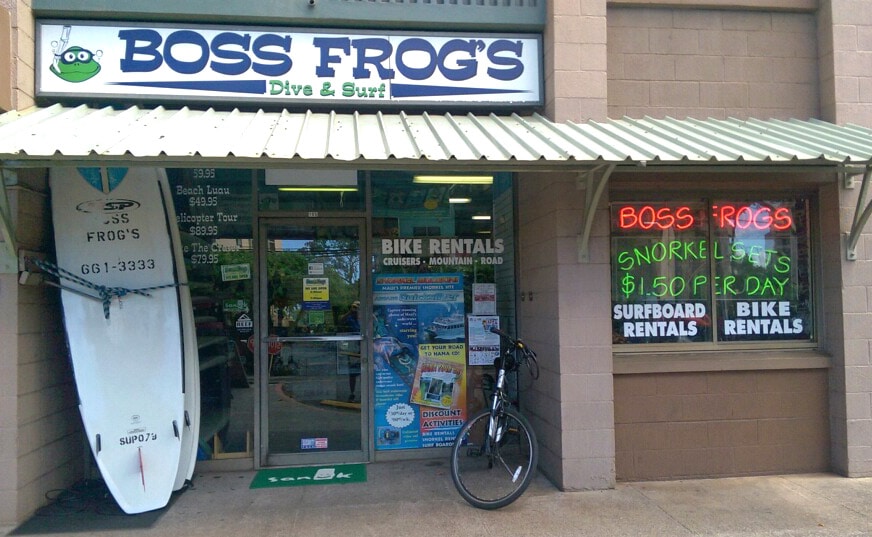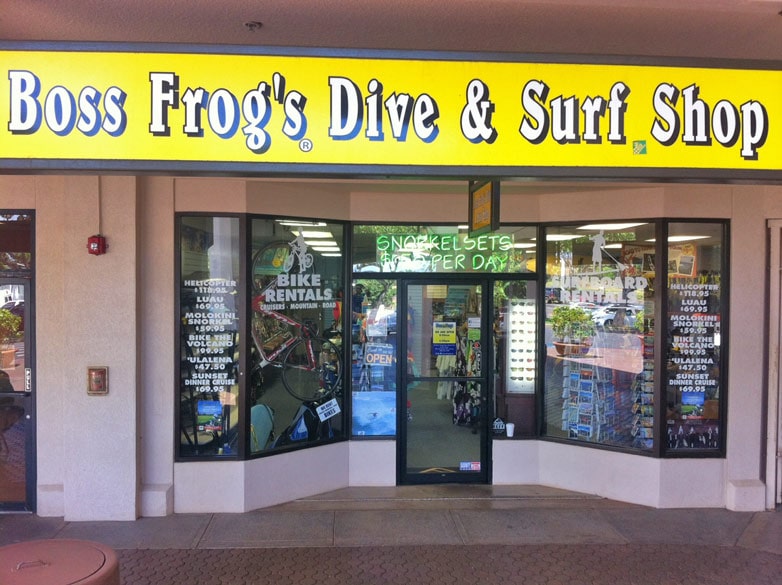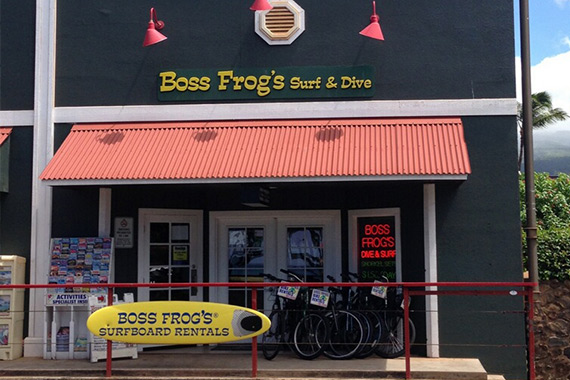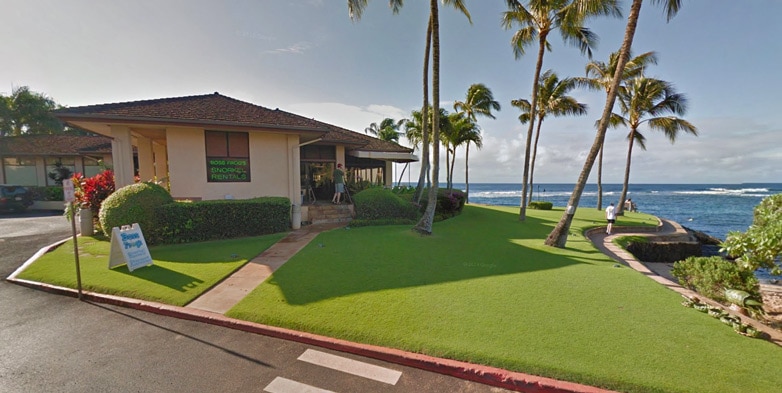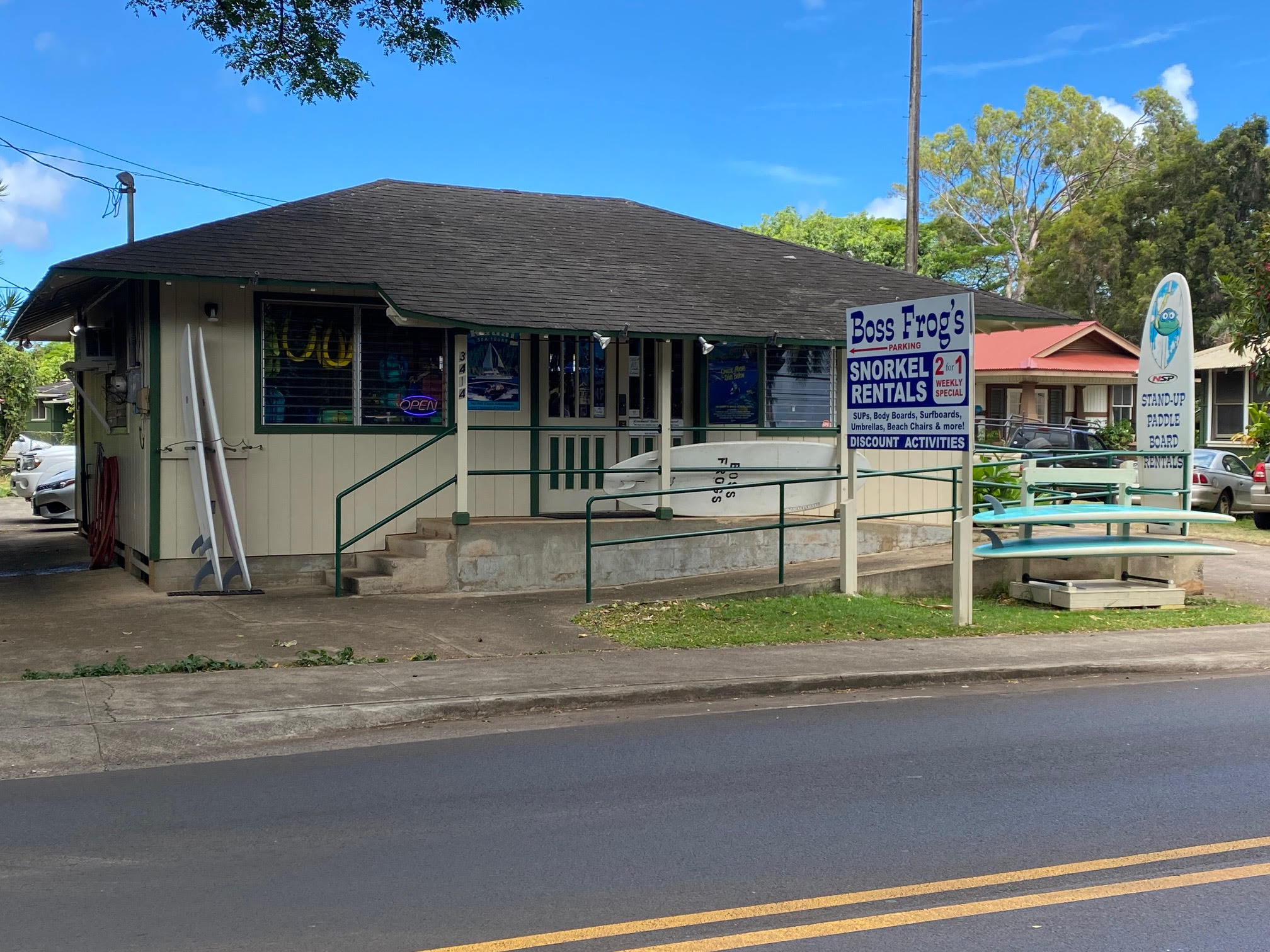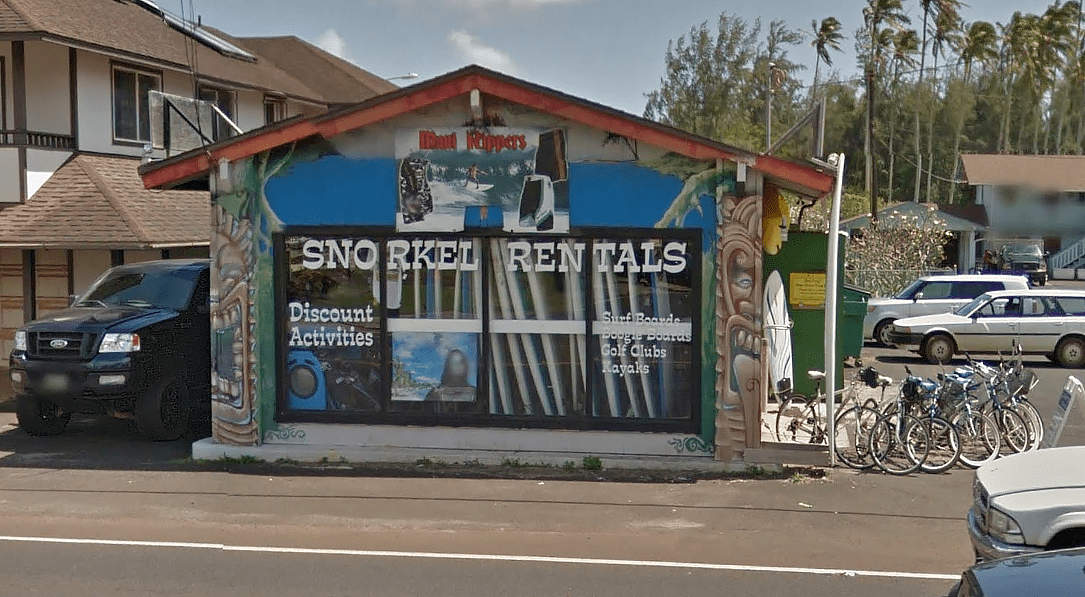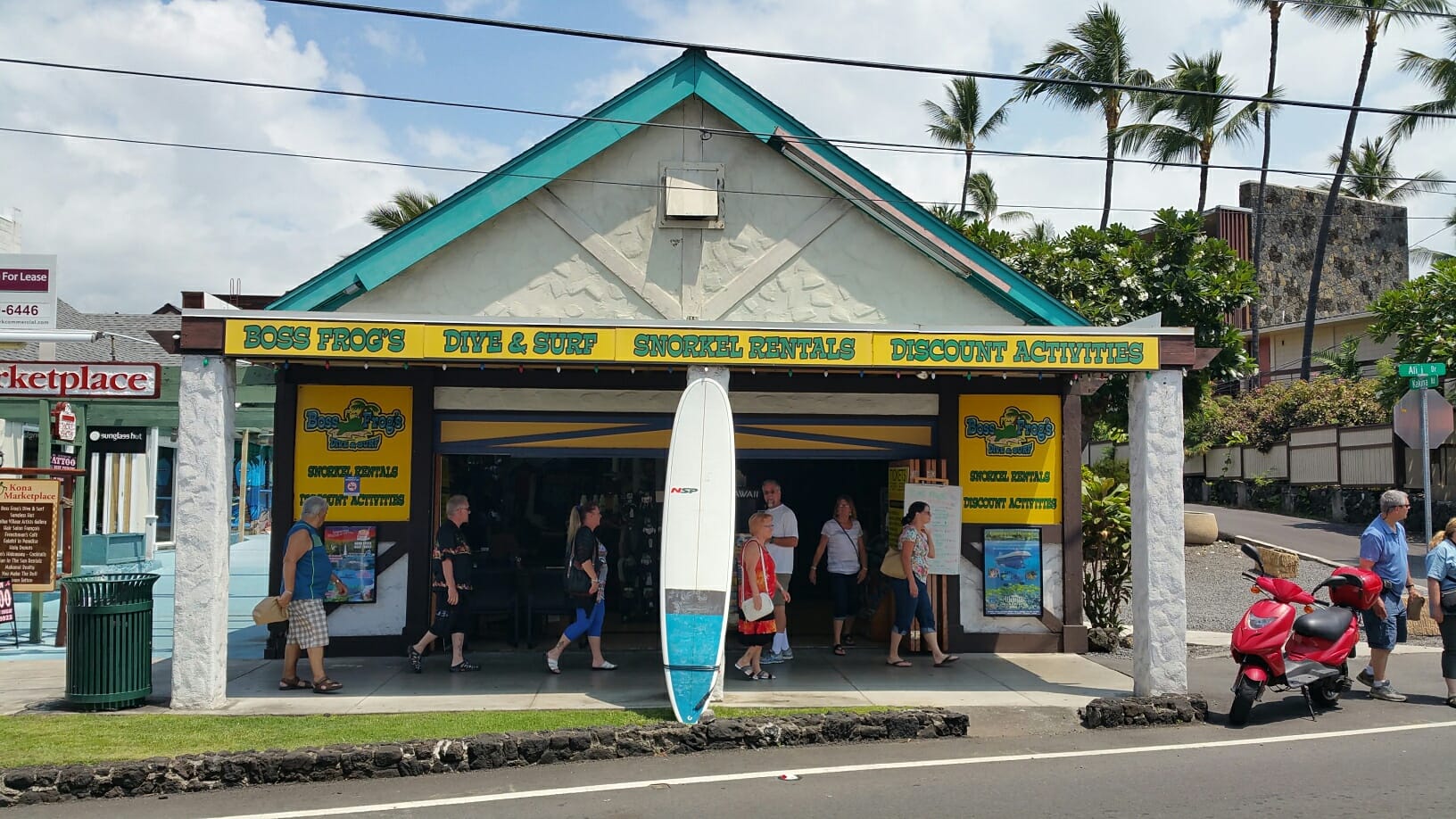What’s the Better Tide For Snorkeling: High or Low Tide
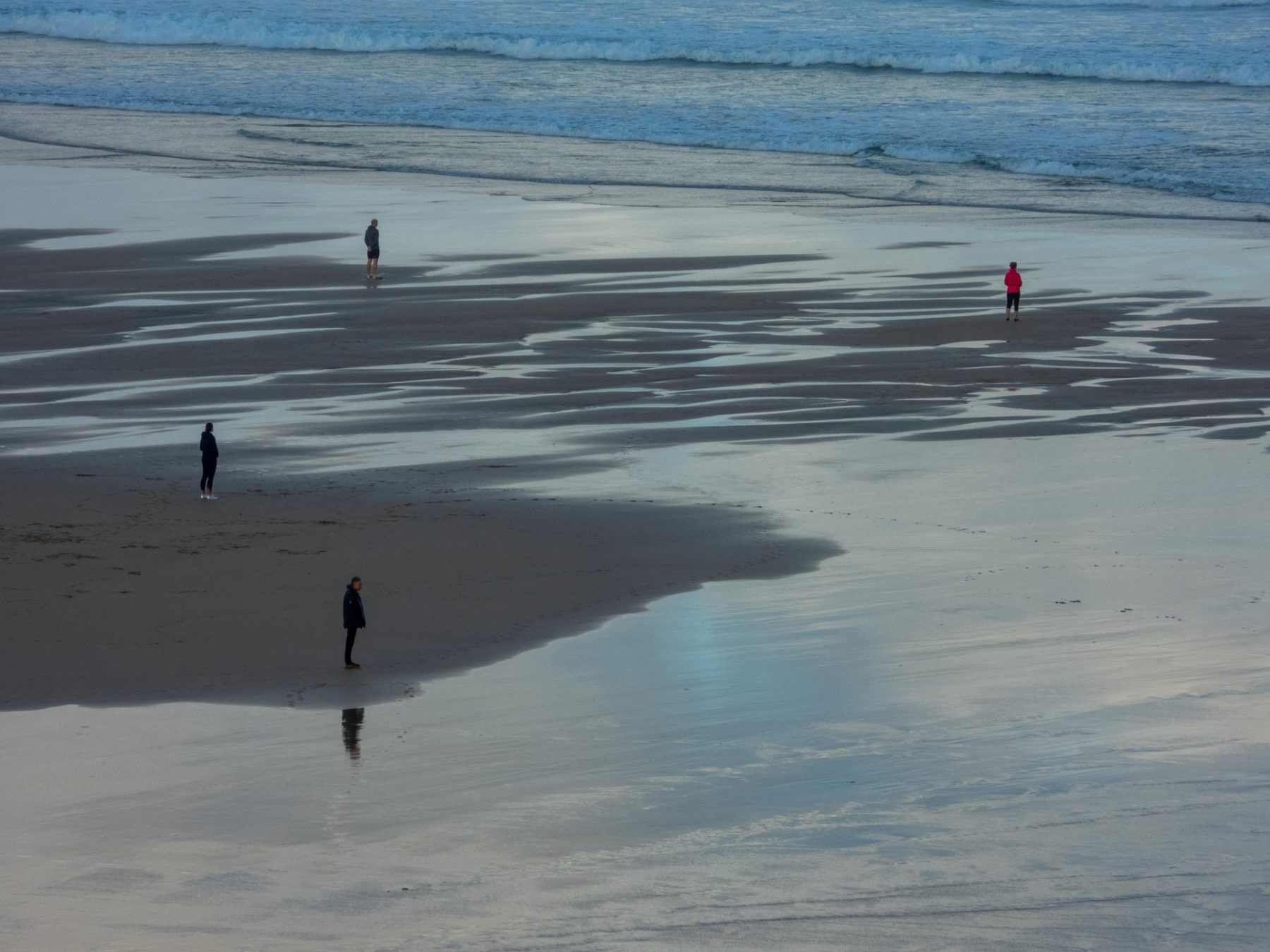
While snorkeling can be affected by several different variables such as wind, rain, and wave conditions. Another consideration when planning the time for your snorkeling adventures may be the tide.
This brings up the question “Is high or low tide better for snorkeling”. Well, let’s dive in and break out what you can expect in each to make a better choice for the most memorable experience possible.
High and Low Tides Explained For Snorkelers
If you’re not entirely familiar with large bodies of water you may not know that the tide has a significant impact on your snorkeling experience.
Throughout the day the ocean will vary on the water levels as the Earth rotates. There are two types of tides: high tide and low tide. The tidal range is the difference between these two extremes, which can be a few feet or more than thirty feet in some places.
The times of high and low tide are determined by the moon’s position as it orbits Earth.
There are typically two to three high tides and two to three lower ones each day. The position of the sun also plays a role in tidal levels, but it has less influence than the moon.
As these tides change you will see a change in snorkeling conditions and may have an entirely different experience between the two.
The Tides Will Affect Wave Conditions When Snorkeling
The tide is closely tied to the wave conditions. This will be more evident when you’re snorkeling on a larger body of water such as an ocean, but it can still apply in some cases for smaller bodies.
When there are high tides then typically there are also higher waves that form. This can make it difficult (or even unsafe) to snorkel in some areas as the waves will be crashing into the shore and against rocks. Low tide typically has smaller waves, making these times better for exploring different areas and finding marine life.
When the tide is high you may have a harder time swimming against the current and getting out to deeper water. The lower tide will give you easier access to these areas.
The best time for snorkeling is typically when the tidal range is less than six feet, but this can vary depending on your location.
Consider Debris Conditions With Respect To The Tides
The tides can also affect the debris conditions. When snorkeling this is important as certain debris such as seaweed can make visibility conditions and spotting marine life difficult.
High tide will typically have more seaweed as the water level rises and washes it ashore. Low tide, on the other hand, exposes rocks and other marine life that can be interesting to explore.
While debris can be a nuisance during your snorkeling experience it is typically easy to deal with. Usually, the seaweed will be more manageable when it’s moist, so all you have to do is swim through or around it.
High and Low Tide Snorkeling Expectations
High-Tide Snorkeling Pros
- Better Water Visibility
- More Snorkeling Locations Available
- Different Marine Life than Low-Tide Snorkeling
- Distance between you and coral reefs
High-Tide Snorkeling Cons
- Water might sometimes appear to be too deep.
- Pay attention to when the tide is going out (This isn’t a concern for many protected bays that are unaffected by tide currents)
Low Tide Pros
- Different Marine Life than High-Tide Snorkeling
- Great Way To Get A Closer Look At Marine Life
- Great for Beginners to Snorkeling
Low Tide Cons
- More Caution Around Reefs To Prevent Scrapes
- Some Snorkeling Locations May Not Be Accessible.
So Which Is The Better Tide?
The tide will always play a significant role in your snorkeling experience, so it’s important to plan your trip accordingly with the tides to get what you want out of it.
High tide is great for those who want better water visibility and more locations to explore. The waves can also provide an added challenge.
Low tide is better for those who want to get closer looks at coral reefs. It’s also great for beginners as the currents aren’t typically an issue, but be cautious around reefs if you’re not used to swimming in them.
Many people prefer to snorkel in low tide conditions, but since both offer a completely different experience in many locations, if you want the best of both try high AND low tide snorkeling (as long as conditions are safe to do so).
Also Consider Incoming or Outgoing Tides
Believe it or not, whether the tide is high or low isn’t the only thing you need to consider when planning your snorkeling experience. You’ll also want to think about whether the tide is incoming or outgoing.
An incoming tide will bring in new water and can cause more sand to push around while the outgoing tide will suck the water back out, exposing more rocks and marine life.
Both of these can affect your snorkeling conditions so check a tide chart before you head out to the water so that you know what to expect.
The Best Snorkel Rentals in Hawaii
If you are snorkeling in Hawaii, you can find a wide range of snorkeling equipment options to rent with us here at Boss Frog Beach Rentals to cover your snorkeling gear needs. Set your trip up for success!










